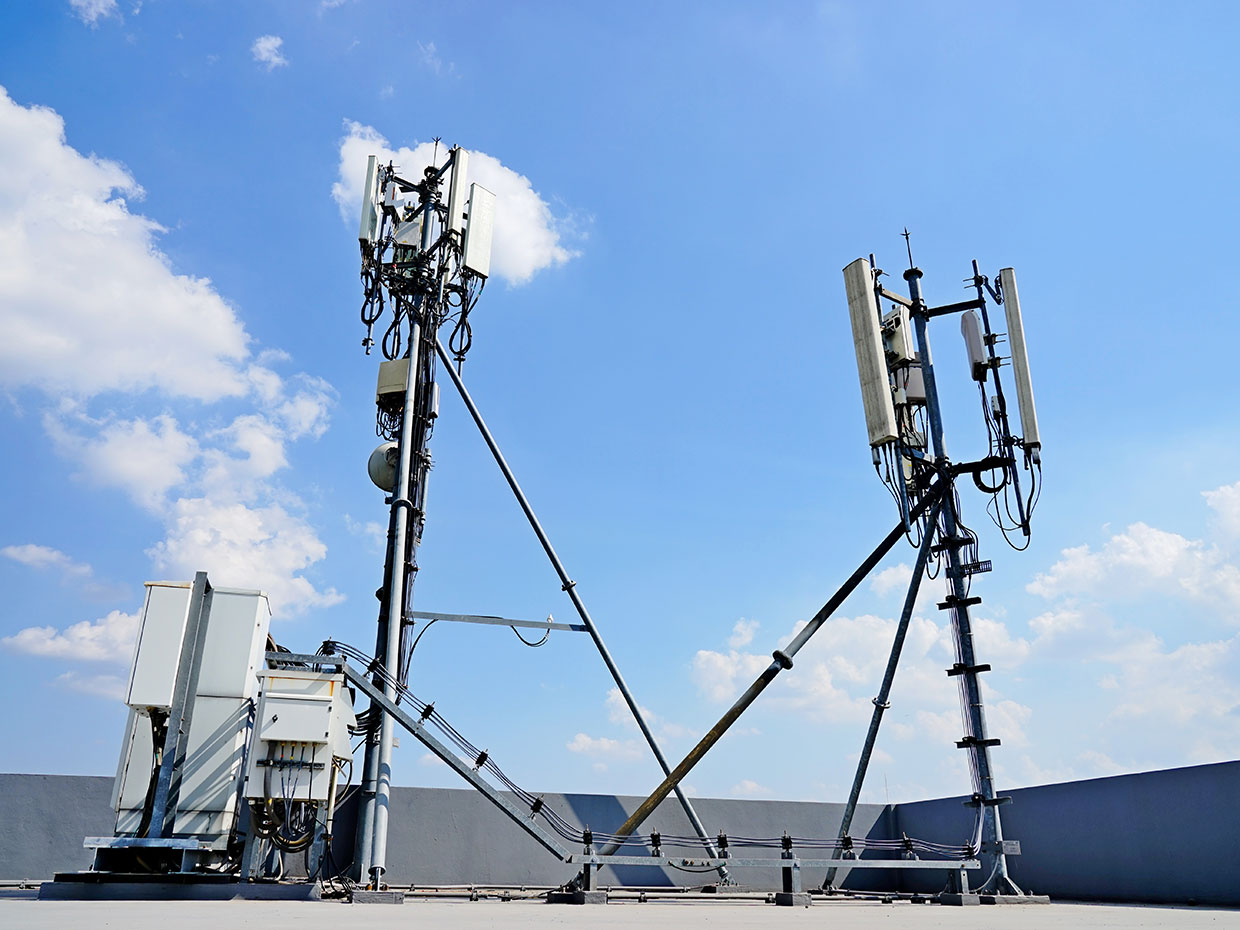If you've ever wandered through a town, you may have seen tiny cell towers for 5G placed on poles for street lighting. They appear like tiny boxes however they're actually sending wireless signals from mobile providers to your phone.
They are replacing the larger specially-designed cell towers. While they're less noticeable, they still can create issues for users.
A Federal Communications Commission's Radiation Exposure Thresholds
The FCC's Radiation Exposure Thresholds determine the maximum amount of time one can expose to electromagnetic energy from wireless devices. The limits for exposure are based upon scientific research which prove that electromagnetic energy could be harmful to human health.
The absorption rate specific (SAR) is an indication of the radiofrequency energy absorbed by tissue. It is typically 1.6 watts per kilogram, spread over a gram of tissue.
But, since 5g operates at higher frequencies and has the potential to create more energy on the skin and other directly-exposed body areas. This can result in many potential problems, including an increased the development of skin conditions such as dermatitis, skin cancer and cataracts.
Due to the possible negative effects of 5G radiation, PSU has chosen to set a general localized power density limit of 4 mW/cm2 measured across 1 centimeter, but not to exceed 30 minutes for all 5G services at 3000 GHz. This limit for localization is in line with the highest spatial-average SAR of 1.6 W/kg, averaged over one 5 grams of body tissue, at 6 GHz.
what is a safe distance from a cell tower

Have you ever used a cell phone, you probably know that a safe location from the tower is around 400 meters. This is because the power of transmission from cell towers increases drastically the further away the tower is.
Although this may sound like an ideal idea, the reality is that those living close to towers could be more prone to health issues. For instance, a 2014 study in India found that those who lived within 50 meters of cell towers experienced much more health problems than those who were distance from them.
This study showed that residents who moved to areas further away from the cell towers saw their symptoms return to normal within a couple of days. Other studies have shown that exposure to high amounts of electromagnetic field radiofrequency (EMFs) can cause cancer, brain tumors as well as other health issues.
This is due to the fact that radiofrequency radiation, used in wireless communication can penetrate the human body's outer layer, which is the skin. It is crucial to know because the skin serves as a barrier to protect against injuries caused by mechanical forces, infections caused by pathogenic microorganisms and infiltration of toxic substances. The skin is the largest organ in the human body and is responsible for maintaining the integrity of other organs.
what is a safe distance from a 5g cell tower for the Minimum Exposure
The FCC's Minimum Exposure Thresholds rely on various assumptions that aren't supported by evidence from science. They include the incorrect belief that short-term exposures RF radiation is safe because of the minimal absorption into body (i.e. thermal heating of tissue).
This assumption does not take into account the deeper penetration of the ELF elements of modulated radio signals as well as the effect of short bursts of heat from pulsed RF waves. safe distance to live from cell phone tower do not correspond with current understanding of the biological effects of RF radiation. Therefore they shouldn't be considered for health protection exposure guidelines.
Additionally there is the fact that both ICNIRP and FCC limit the maximum limits of exposure to peak local SARs that are based on the peak speed of spatial absorption (psSAR) that is not a reliable dosimetric instrument for determining the level of radiation exposure. Particularly, psSAR is inaccurate when frequencies exceed 6 GHz. Additionally, psSAR hasn't been evaluated for RF radiation that is exposed to other environmental agents such like sunlight. Interactions of RF radiations with different environmental agents could produce synergistic or antagonistic effects. This could result in an increased risk of adverse health consequences. For example, co-exposure to RF radiation and sunlight could raise the chance of skin cancer, and may also exacerbate other skin diseases such as acne.
